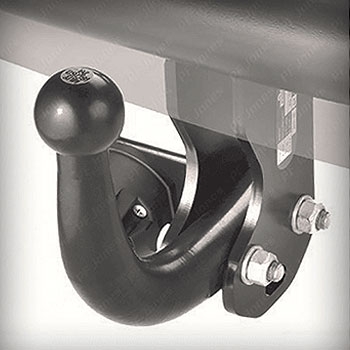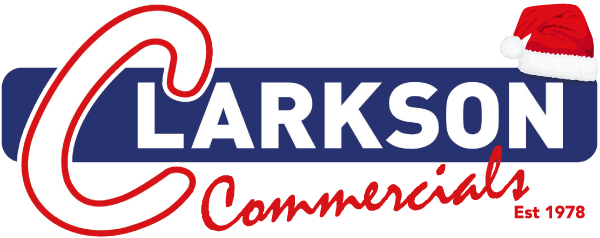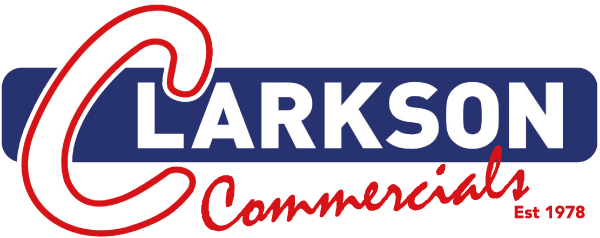Tow Bars
Tow bar types explained
Flange tow bar types
The most commonly used type of tow bar in the UK is the flange tow bar; where the tow ball is bolted to the tow bar with two 24mm bolts.
There are also some variations of the flange tow bar type that have four bolts instead of two. This is the most versatile design of tow bar because it can be used with the ‘ball and pin’ type attachment used more commonly in the plant and farming industry. The flange tow bar is available in both fixed and detachable styles.
Benefits of the fixed flange tow bar are
- Capable of using accessories like some models of cycle carriers whilst towing
- Price, flange tow bars tend to be cheaper
- Capable of fitting a tow bar and pin system required to pull plant trailers and generators
- Capable of fitting a bumper protector plate
- Capable of using height adjustable couplings, drop plates and spacers to get different towing heights and clearances
- Capable of putting a butterfly step on (mainly used on commercial vehicles)
- Tow ball can be upgraded to be used with an AL-KO stabiliser

Things to consider before purchasing a fixed flange tow bar are
- Whether or not your vehicle has parking sensors fitted, the parking sensors may think that the tow bar is an obstacle when in reverse
- The look of the tow bar on the back of your car, they are not as aesthetically pleasing as other styles
- Banging your legs on the tow bar when utilising your boot or walking around the vehicle
- Both the tow bar and electrics can be seen when looking at the vehicle
Swan neck tow bar types
In the E.U. the most common tow bar type is the swan neck tow bar. This is where the tow ball and the neck are all one piece of the tow bar. This type of tow bar is becoming more popular in the U.K. due to the appearance of the bar looking neater and with the bar being narrower it is less likely to trigger your parking sensors.
This type of bar is a little less versatile than flange style; you can either tow or attach a cycle carrier but you can’t use both at the same time. The swan neck tow bar can also be used with an AL-KO stabiliser without the need for modification. The swan neck type is available in both a detachable than fixed style.
Benefits of a fixed swan neck tow bar
- More aesthetically pleasing than a flange style tow bar
- More chance of the parking sensors not picking up the tow bar when in reverse (but not a guarantee)
- Compatible with AL-KO and other friction style stabilisers (once paint is removed off the 50mm ball section)
- Price, is very competitively priced compared to its detachable counterpart
- Capable of carrying all types of ball mount cycle carriers

Things to consider before purchasing a fixed swan neck tow bar
- If your vehicle has parking sensors fitted, the parking sensors may think that the tow bar is an obstacle when in reverse
- Banging your legs or tripping on the tow bar when utilising your boot or walking around your vehicle
- Some necks are not as adaptable as the flange style i.e. cannot fit height adjusters, steps and couplings
- Towing and using a tow bar mount cycle carrier at the same time is not possible
- Can be more expensive than a flange depending on make and model.
- A detachable swan neck tow bar has all the benefits of a fixed swan neck tow bar with the additional feature of being removed when not in use. Allowing for a cleaner look on the rear of a vehicle when not towing anything.

